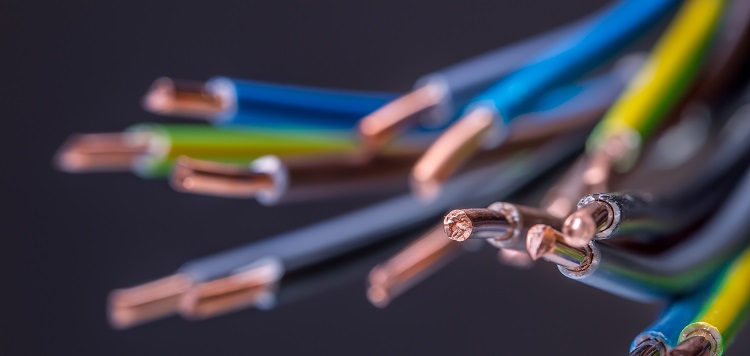Undersea cables play a crucial role in global communication networks and ensuring reliable, high-speed connectivity. However, concerns regarding the security, reliability, and maintenance of these cables have arisen in recent years.
To address these concerns, steps must be taken to ensure the integrity and security of undersea cables. This includes implementing proper maintenance procedures, as well as employing advanced cybersecurity measures to prevent intentional or accidental damage.
At the same time, it’s important to recognize the substantial benefits that undersea cables provide. They facilitate international trade, disaster response efforts, and global collaboration in fields such as science and research.
Overall, a concerted effort must be made to balance the concerns surrounding undersea cables with the imperative of maintaining reliable global connectivity.
The world is now more connected than ever, and the backbone of this interconnectivity is the network of undersea cables spanning the globe. Currently, approximately 95% of intercontinental global data traffic travels along these cables that run across the ocean floor. Therefore, any disruption to this network can potentially cause far-reaching consequences.
In recent years, concerns have arisen regarding the safety and security of undersea cables due to the current geopolitical climate, the increased potential for sabotage, and the ongoing impact of climate change. In this article, we will delve into these issues and explore how countries and organizations are addressing them.
Undersea cables have always been at risk of damage from accidental or intentional causes. However, in recent years, several factors have increased concerns about sabotage, particularly due to political unrest in Europe and the Far East.
As countries become more dependent on digital technologies, experts warn that undersea cables have become targets for hostile actors seeking to disrupt internet connectivity. The implications of this would be global, given how much of our daily lives rely on the internet.
Moreover, the increasing availability of affordable and advanced undersea surveillance technology has raised concerns over subsea espionage and potential threats to national and international security.
To address these concerns, several countries are intensifying their efforts to safeguard their undersea cables. Additionally, there is an increasing focus on international collaboration to guarantee the safety and security of these vital networks.
Another issue that poses a threat to the continuity of undersea cables is climate change. Research published in February has revealed that extreme weather events are causing ocean and nearshore disturbances which are exposing hot spots along the transglobal cable network. This, in turn, is increasing the risk of internet outages. Consequently, the connectivity issues that we presently face may seem negligible in comparison to what we could potentially encounter.
Cables that cross Polar Regions are particularly susceptible to damage due to the accelerated melting of ice as a result of global warming. The reduction of the icepack allows ships to venture further north, increasing the risk of damage to the cables.
Furthermore, the threat of rising ocean levels could hasten the erosion process and heighten the risk of flooding for coastal cable facilities onshore. The impact of these climate changes could result in significant service disruptions, which would have far-reaching consequences for global connectivity and communication.
Human activities can also disrupt undersea cables. Fishing and anchoring account for approximately 70 percent of the global damage to submarine cables each year. Although cables are frequently buried to mitigate such damage, it may not be feasible in certain areas.
Damage of this nature can cause significant disruptions to internet connectivity, and repair work, which often takes several weeks, can result in serious consequences for people around the world as more and more of our lives shift into the digital realm.
Recognizing the crucial role of undersea cables, the European Parliament published a report in 2022 that addresses security threats to undersea communications cables and infrastructure. The report emphasizes that one of the most critical aspects of cable protection is the implementation of appropriate surveillance measures to identify and address suspicious activity. Achieving this goal requires strong cooperation and collaboration among countries and organizations.
To tackle the increasing threat, certain countries are enhancing their capacities for cable surveillance and protection. NATO, on the other hand, has responded by conducting more naval exercises and increasing patrols at sea to safeguard critical infrastructure.
In today’s increasingly interconnected world, undersea cables play a crucial role in bringing people, businesses, and countries together through digital connectivity. However, due to rising geopolitical tensions and the ongoing impact of climate change, it is crucial to address concerns about the maintenance and security of these cables. Whether due to intentional sabotage, the effects of climate change, or everyday human activity, it is vital to ensure that undersea cables are protected and maintained to sustain global connectivity.

